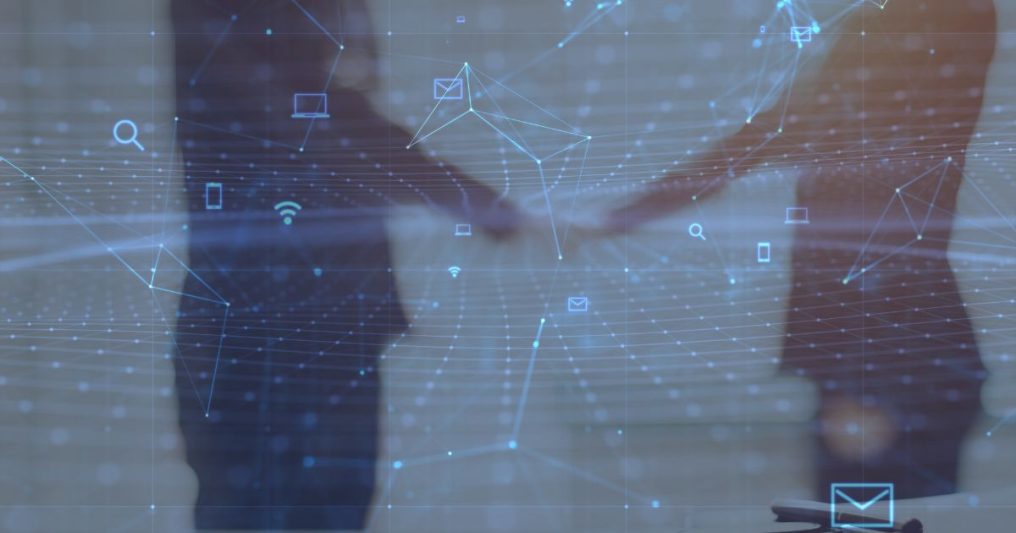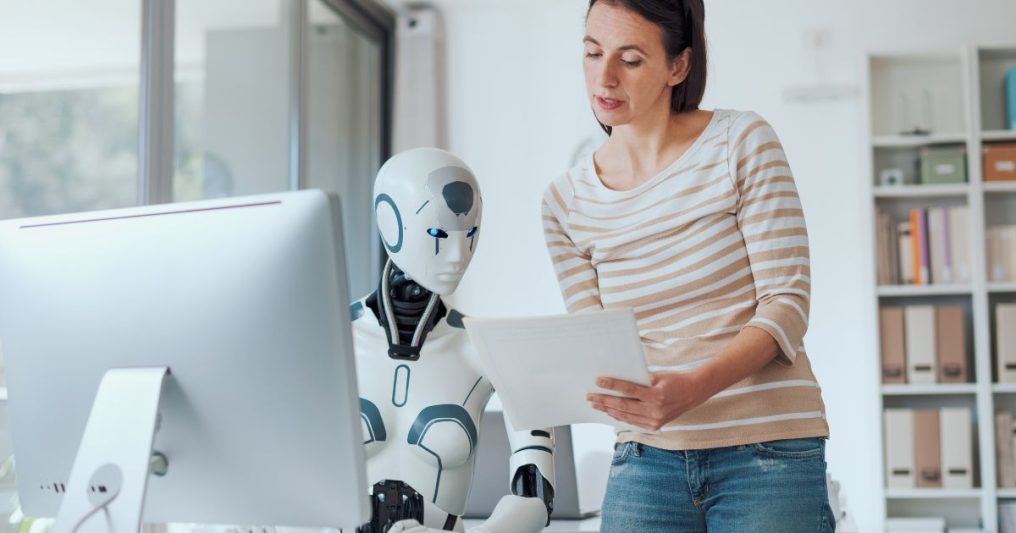Your brand’s reputation is everything; AI can ensure it stays secure By Adam Mohrbacher It will probably come as no surprise that Abraham Lincoln, famously known as “Honest Abe,” once said, “Reputation is like fine china: Once broken it’s very hard to repair.” Although Lincoln lived in the 19th century, his words have never been more relevant to how we …
Measuring Your MSP’s Impact: What Metrics Matter?
In my last blog, I covered a very common but challenging IT question businesses face today: namely, what you should consider when outsourcing your IT to a third-party provider, such as a managed service provider (MSP). As a follow-up, I wanted to discuss how you can best assess the ROI of these relationships if you do decide to pull the …
How Smart Automation Can Strengthen Your Brand
Increase your brand’s impact through the power of AI As the AI era has unfolded, there has been no shortage of stories about how artificial intelligence can accelerate and even replace the work once done exclusively by human marketers. But as impressive as these technologies are, they still can’t build a brand without substantial human oversight. Branding, at its core, …
Unlocking The Power Of AI: Practical And [Mostly] Free Resources For Title Agents
AI is no longer just for tech wizards or sci-fi enthusiasts—it’s here, it’s real, and it promises to make your life as a title agent a whole lot easier. From automating tedious tasks to wowing clients with personalized service, AI is the secret sauce you didn’t know you needed. Here are just some of the ways AI is helping title …
Strike A Balance Between Automation And Authenticity
Never underestimate the human touch, even in the age of AI The great American writer Ernest Hemingway once penned in The Sun Also Rises that “Things change gradually, then suddenly.” Although he wrote these words around 100 years ago, they have a startling applicability to the world of 2025. Although technological development always seems to be moving forward, the last …
Top Marketing Tips and Trends for 2025
Here’s how you can take your marketing to the next level this year. When you work in marketing for a while, you quickly realize that nothing stays the same for long. Back in the 1990s, for example, unsolicited bulk emails were the order of the day. Then in the 2000s, many businesses became notorious for keyword stuffing to juice their …








